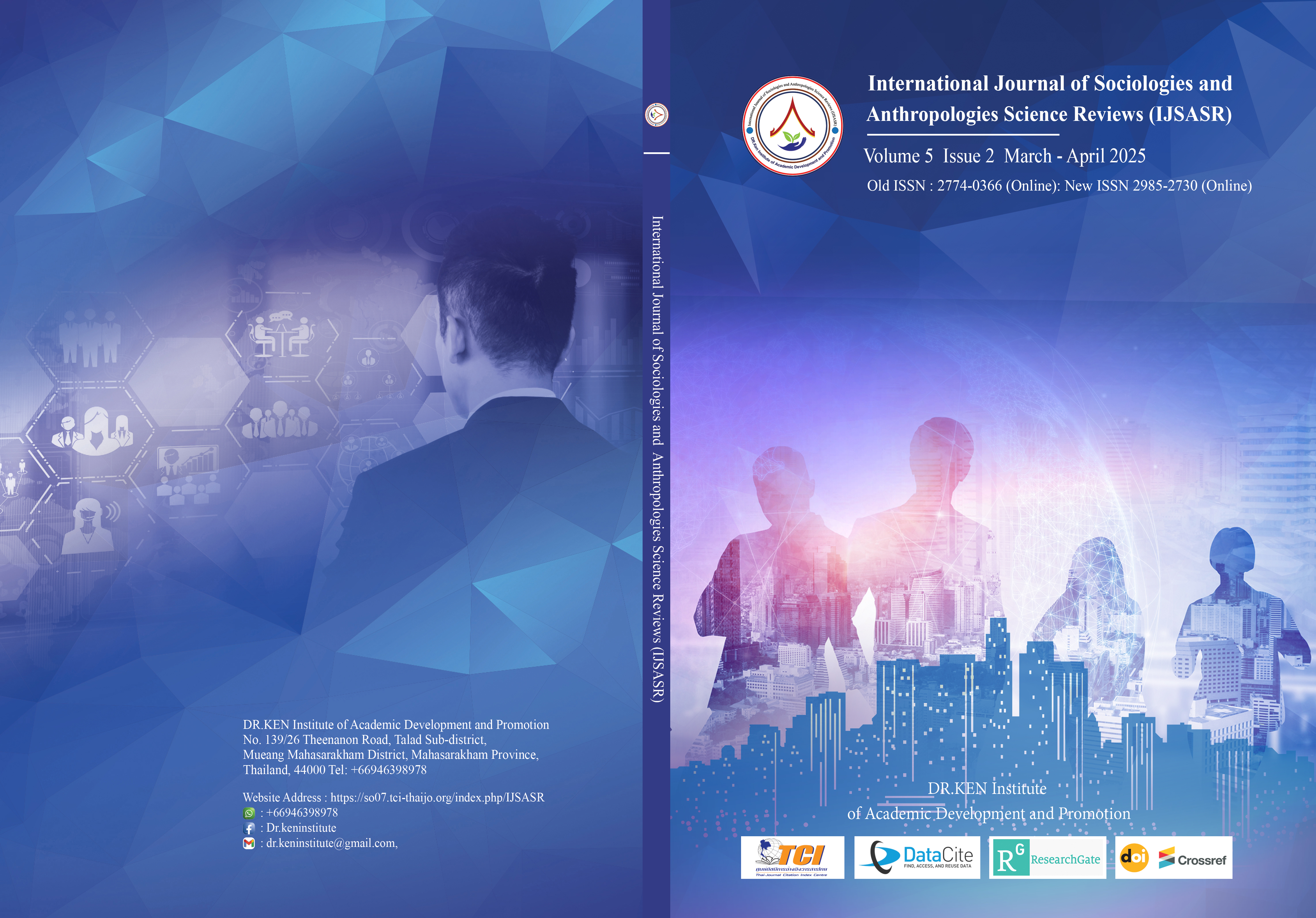Development of Indicator Swimming Teaching Model for Higher Education Student
Main Article Content
Abstract
Background and Aim: With the continuous advancement of the reform of physical education in colleges and universities, swimming course plays an increasingly prominent role in college physical education. The objective of this research was to develop the indicator swimming teaching model for higher education students, to improve the teaching quality of college swimming courses and students' comprehensive quality.
Materials and Methods: This research is mixed methods research type. The participants in this research can be divided into four groups, which are as follows:(1) 540 students and 36 teachers from 12 universities in Henan China were chosen to engage in responding to the questionnaires; (2) 7 experts were invited to in-depth interview; (3) 19 experts were invited to conduct two-round Delphi study; and (4) 9 experts were invited to discuss and confirm the constructed developing the indicator swimming teaching model for higher education students. The average and standard deviation are utilized to analyze the data obtained from the questionnaire, the consensus data is analyzed by using the median and interquartile range, with criteria set at a median of ≥ 3.50 and an interquartile range of ≤ 1.50.
Results: The results show that the indicator swimming teaching model for higher education students is composed of 6 factors, namely: (A) Course objective; (B) Teaching content and organization; (C) Teaching methods and means; (D) Teaching practice, (E) Assessment and evaluation; and (F) Teaching resources and safety assurance, 19 components and 61 indicators.
Conclusion: The results show that the indicator swimming teaching model for higher education students is composed of 6 factors, 19 components, and 61 indicators. The content and application of this model have been evaluated and confirmed by 9 experts. It provides an effective tool for the evaluation and decision-making of the swimming teaching model of college students in Henan province. This teaching model is expected to change the traditional swimming teaching model and set a benchmark for other provinces.
Article Details

This work is licensed under a Creative Commons Attribution-NonCommercial-NoDerivatives 4.0 International License.
Copyright on any article in the International Journal of Sociologies and Anthropologies Science Reviews is retained by the author(s) under the under the Creative Commons Attribution-NonCommercial-NoDerivatives 4.0 International License. Permission to use text, content, images, etc. of publication. Any user to read, download, copy, distribute, print, search, or link to the full texts of articles, crawl them for indexing, pass them as data to software, or use them for any other lawful purpose. But do not use it for commercial use or with the intent to benefit any business.

References
Burac, D.G. (2013). The use of games to enhance swimming teaching quality and efficiency. Journal of Sports Education, 19(2), 45-53.
Cheng, L. (2012). Research on the Status quo, Problems, and Countermeasures of Swimming Teaching in Universities in Chongqing. Doctor’s degree dissertation: Southwest University.
Dang Y. (2020). The effective construction of the integration model of internal and external courses in course physical education. Sports Science and Technology Literature Bulletin, 28(6), 2-10.
Garcia, L. (2019). Using learning indicators to enhance language teaching: A practical guide. Language Teaching Quarterly, 52(2), 78-89.
Guo H.M. (2012). Construction of "program-cooperation" teaching mode in swimming class. Journal of Physical Education, 32(5), 56-58.
Guo P.X. (2018). Investigation and analysis of the current situation of swimming sports development in colleges and universities in Fujian. Journal of Hunan University of Science and Technology, 39(5), 136-137.
Hao, H.W., & Lv, H. (2019). Practice research of flipped classrooms in course swimming teaching. Sports Science and Technology Literature Bulletin, 27(1), 2-10.
Hu, Y.H., & Zhu, Y.C. (2018). Research on University natatorium opening and Safety Management -- A case study of Yangzhou University. Contemporary Sports Science and Technology, 3, 127-128.
Jon, S. (2023). Design and development of the Swimming Ability Assessment Scale (SCAS) to measure children's water skills in the Norwegian primary school physical education curriculum. Journal of Physical Education and Sport Pedagogy, 29(1), 112-125.
Li, B.Q. (2022). Construction of a standard system of Swimming teaching evaluation for college Physical education majors based on the CIPP evaluation model. Doctor’s degree dissertation: Yunnan University.
Li, K.D., & Zhao, J.H. (2004). Principles and application models of blended learning. Research on audio-visual Education, 7, 1-6.
Ministry of Education of the People's Republic of China. (2021). Notice of the General Office of the Ministry of Education on the issuance of the "Physical Education and Health" teaching reform guide (trial). http://www.moe.gov.cn
Seonghwan, A. (2010). A survey on the integration of family, school, and society in the teaching model for lifelong physical education in South Korea. Journal of Educational Development, 22(3), 87-95.
Sun, X. (2011). An analysis of indicators in physical education to measure teaching outcomes. Journal of Sports Science, 28(4), 45-49.
Thompson, A. (2017). Effective use of learning indicators in mathematics education. Journal of Educational Research, 45(3), 123-135.
Wang, J., & Ji, L. (2008). Professional orientation of PE teacher education curriculum reform. Journal of Shanghai University of Physical Education, 32(1), 70-73.
Zhang, D.X., & Lu, N.R. (2012). A review of swimming teaching methods in colleges and universities. Neijiang Science and Technology, 5, 78-79.
Zhang, Y. (2018). Exploring the relationship between teaching flexibility and professional knowledge impartation in physical education. Physical Education Research, 35(7), 101-106.
Zhong, M.G., & Wang, Z. (2017). Experimental research of programmed teaching method in breaststroke teaching in water conservancy colleges. Journal of Shangqiu Normal University, 12, 96-100.






